AN INTERVIEW WITH KAREN CARGILL, MEZZO SOPRANO
At a performance of Wagner's Die Götterdämmerung at the Metropolitan Opera, the part of Waltraute was sung with such intelligence and musicality that I wanted to see who this singer was. Checking out the program, the role was played by Karen Cargill, whose birthplace was listed as Arbroath Scotland. A further check found a review of her performance which indicated I was not alone in my response to her singing and her voice which is warm and full of color. In a glowing NY Times on April 25, 2013 of her performance in Die Götterdämmerung, by Corinna da Fonseca-Wollheim “… the Scottish mezzo Karen Cargill brought such exquisite expression and a warm, vibrant and ample voice to the part that she thoroughly outclassed her colleagues onstage. Here, finally, was a singer who could control multiple dimensions, singing with fervent intensity without raising the volume and conjuring up different colors for her character's pangs of pity, hope and anger " (p C5) (full review at The New York Times 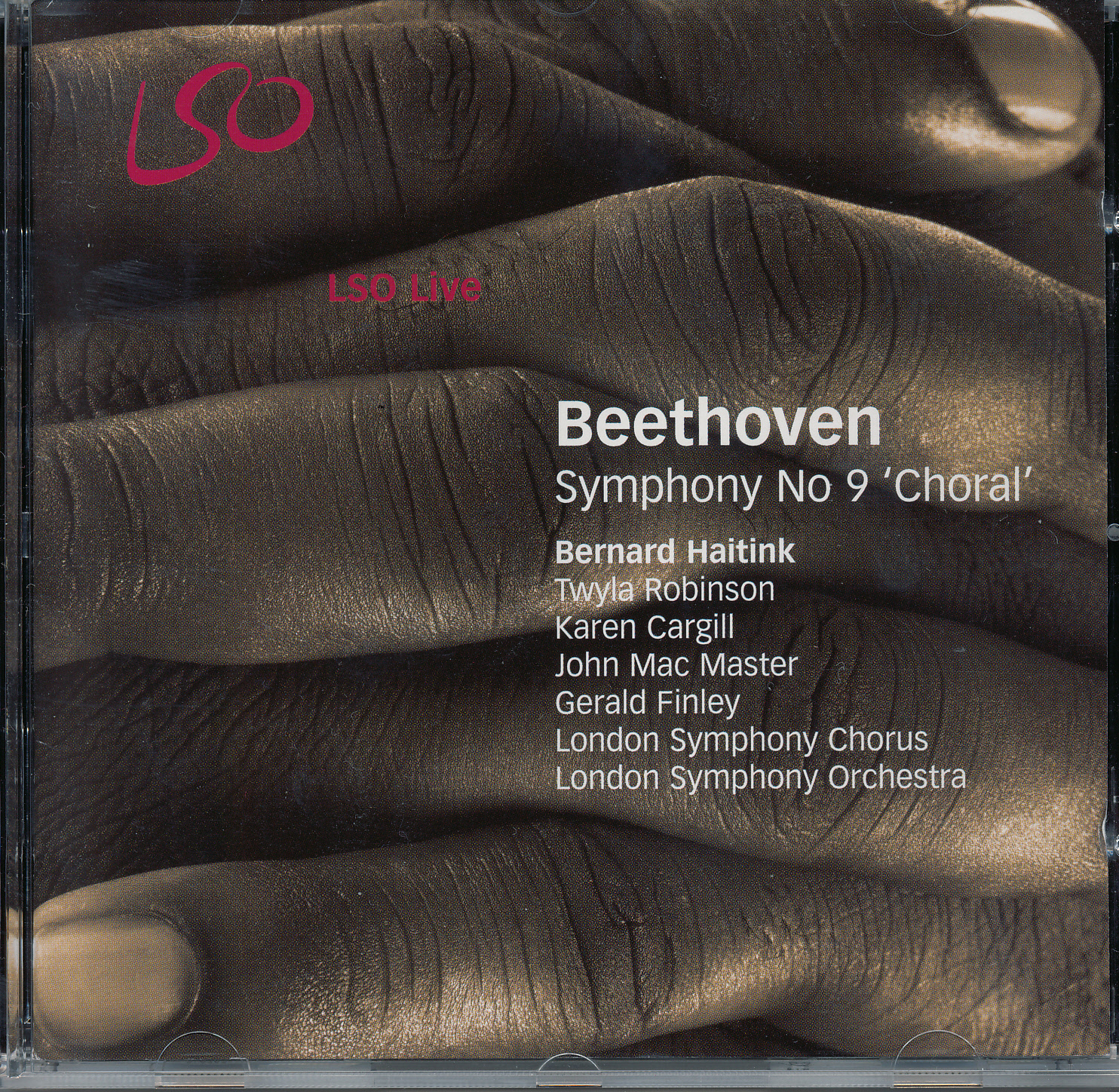
This, I decided, merited an interview! I thought that someone as famous as Ms. Cargill would ignore any request from a small publication like the Scotia News, but I sent her a note backstage at the Metropolitan Opera anyway and much to my amazement, Ms. Cargill called me and was absolutely charming and consented to an interview despite a hectic schedule which included singing Waltraute in Die Götterdämmerung the next day. After that she was departing from New York. Ms. Cargill (and her younger brother) were born and raised in Arbroath. Neither her father nor her mother was particularly involved with classical music. Her father had a fondness for the Beatles and sang some of their songs. McCartney's "Mull of Kintyre" was one that made an impression on Ms. Cargill and she would sing a bit as well. An aunt heard her and thought she had a good voice and suggested that she be given vocal lessons. So at nine years old she went off to study voice. Her aunt was indeed correct: she definitely has a voice. Her voice teacher, Molly Robb taught her everything - from how to read music and how to express humanness through music. It was at her house, where Ms. Cargill spied a boxed LP set with a woman on the cover with beautiful makeup and with "chop sticks" in hair - it turned out to be Maria Callas as the Cio Cio San in Puccini's Madame Butterfly - an opera in which Ms. Cargill has now performed as Suzuki.. This was the beginning of her involvement with opera. 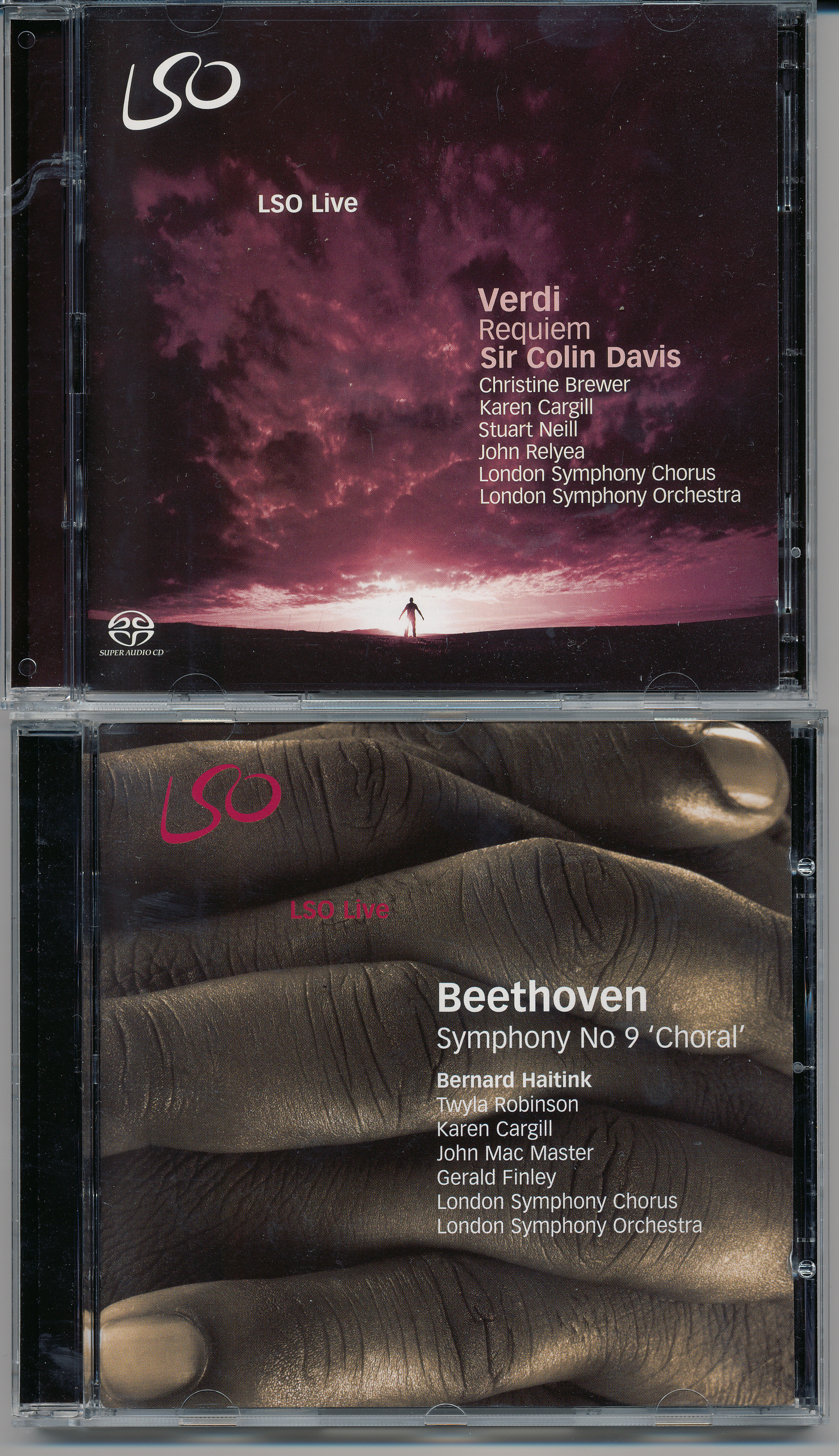
Ms. Cargill left Arbroath to go and study at the Royal Scottish Academy of Music and Drama, Glasgow, and later at the University of Toronto and the National Opera Studio, London. To anyone who has heard her is should come as no surprise that she was named one of the joint winners of the 2002 Kathleen Ferrier Award. While education costs in the US are skyrocketing and students may find themselves as much as $250,000. in debt while getting a college degree, Scotland, unlike New York, manages to have free education for its resident citizens. So Ms. Cargill was fortunate to have much of the cost of her education funded by the state. The current budget crisis has had a detrimental effect on the budgets of many people, business and especially the arts. However, Ms. Cargill said that it is often in times of financial difficulty that artists become more creative. Lack of funds brings out a creativity born of necessity. While certainly it is a more pleasant situation when money is available, the current crisis has the potential for raising levels of creativity. This has certainly been the case in the past when producers, like Val Lewton, saddled with pitifully small budgets, managed to produce wonderfully creative films. While studying she performed in several operas, but her professional debut came in London when, on crutches with a broken foot she sang in Mendelssohn's oratorio Elijah at one of the BBC Proms - a set of summer concerts given over an eight week period in London. She finally appeared professionally in an opera in The Magic Flute as "The Third Lady". Ms. Cargill has sung a number of roles in a wide variety of pieces. These include Bach's St. Matthew Passion; Beethoven's Missa Solemnis and 9th Symphony; Berlioz Les nuits d'été and La mort de Cléopâtre; Mahler's Symphony No 8; Mendelssohn's Elijah; Puccini's Madam Butterfly; Schönberg's Gurrelieder; Verdi's Requiem; Dvorak's Requiem; Wagner's Wesendonck Lieder; Rossini's: The Barber of Seville and L'Italiana in Algeri. 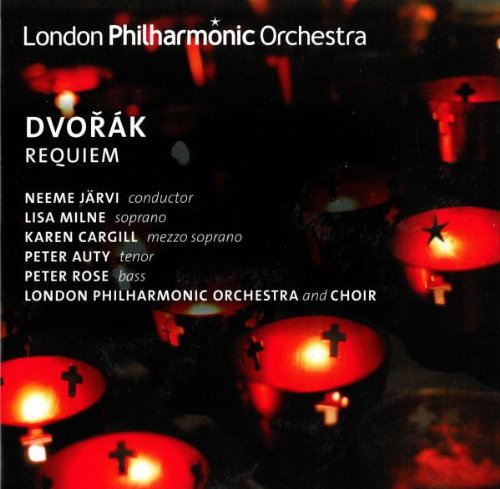
Her initial exposure to performing Wagner came when she was recruited by Scottish Opera to cover the role of Waltraute in Die Götterdämmerung, a role she has most recently sung (along with fellow Scot, Iain Patterson who hails from Glasgow) at the Metropolitan Opera in New York . Ms. Cargill received training is in both singing and acting, as any reasonable opera singer should be. The techniques used in acting for staged plays are quite different than acting in opera where the music rather than the text sets the pace. However, in both, the analysis of the character is crucial. Waltraute, in Wagner's Die Götterdämmerung, the final installment of his massive Der Ring des Nibelungen (The Ring of the Nibelungen) cycle of four operas, is an odd part. The character appears only in one scene and has a rather long monologue with complicated emotional shifts. Waltraute is one of the Valkyrie sisters of Brünnhilde, the main character in the Ring cycle. Waltraute's significance to the story lies in her attempt to convince Brünnhilde to return the infamous ring to those from whom it was stolen. This will stop the curse which will end the world. The monologue slides from moments of pathos, to panic to terror and horror, as she discusses - and reacts to - the changes which have come to pass. The gods who have lost direction and the signs that the end of the world is coming have begun to appear. Ms. Cargill's performance is incredibly nuanced and moves subtly between the shifting emotions experienced by the character she plays. The NY Times review raves about the performance as well as we have indicated above. 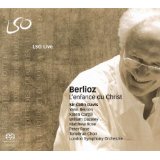
Not only does Ms. Cargill have a beautiful voice, but she has stamina as well (as do most people who attempt Wagner). But well beyond that, about five years ago Ms. Cargill launched into a performance of Mahler's Das Lied von der Erde (The Song of the Earth) at Royal Albert Hall a mere five weeks after giving birth to her son Adam! After his birth, Ms. Cargill's voice began to find more color and breadth in the lower registers and has continued to become richer. 
As one's voice develops as a result of singing and maturation, singers often attempt new roles which explore those areas of their voices. Among the roles she looks forward to playing are Judith in Bartók's Blackbeard's Castle, and Delilah in Camille Saint-Saëns Samson and Delilah. .One day she would also take to take a turn at perhaps the most well-known mezzo role: - that of the title role in Bizet's Carmen. Ms. Cargill says she would love to sing Charlotte in Jules Massenet Werther . Alas, we shall all have to wait until the she returns to the Metropolitan Opera in the 2015 season when she will tackle the role of Magdelena in Wagner's Die Meistersinger von Nürnberg, (The Mastersingers of Nürnberg) . Next year, Ms. Cargill will be doing a concert tour in America. Her hopes of having a recital in a concert hall in New York built by another famous Scot, Andrew Carnegie, have been realized, and she has a concert scheduled there in 2015. It would now appear that Arbroath has two things to be famous for - The Declaration of Arbroath and Ms. Karen Cargill! 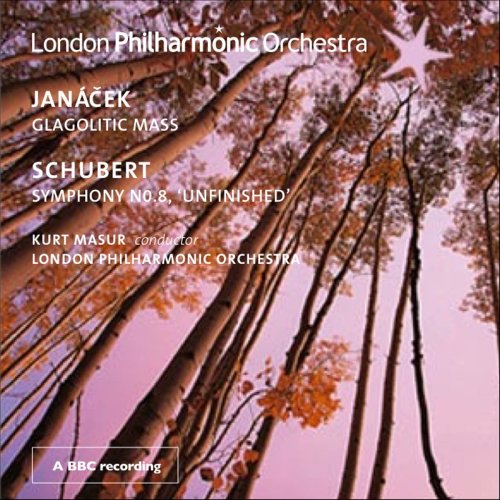
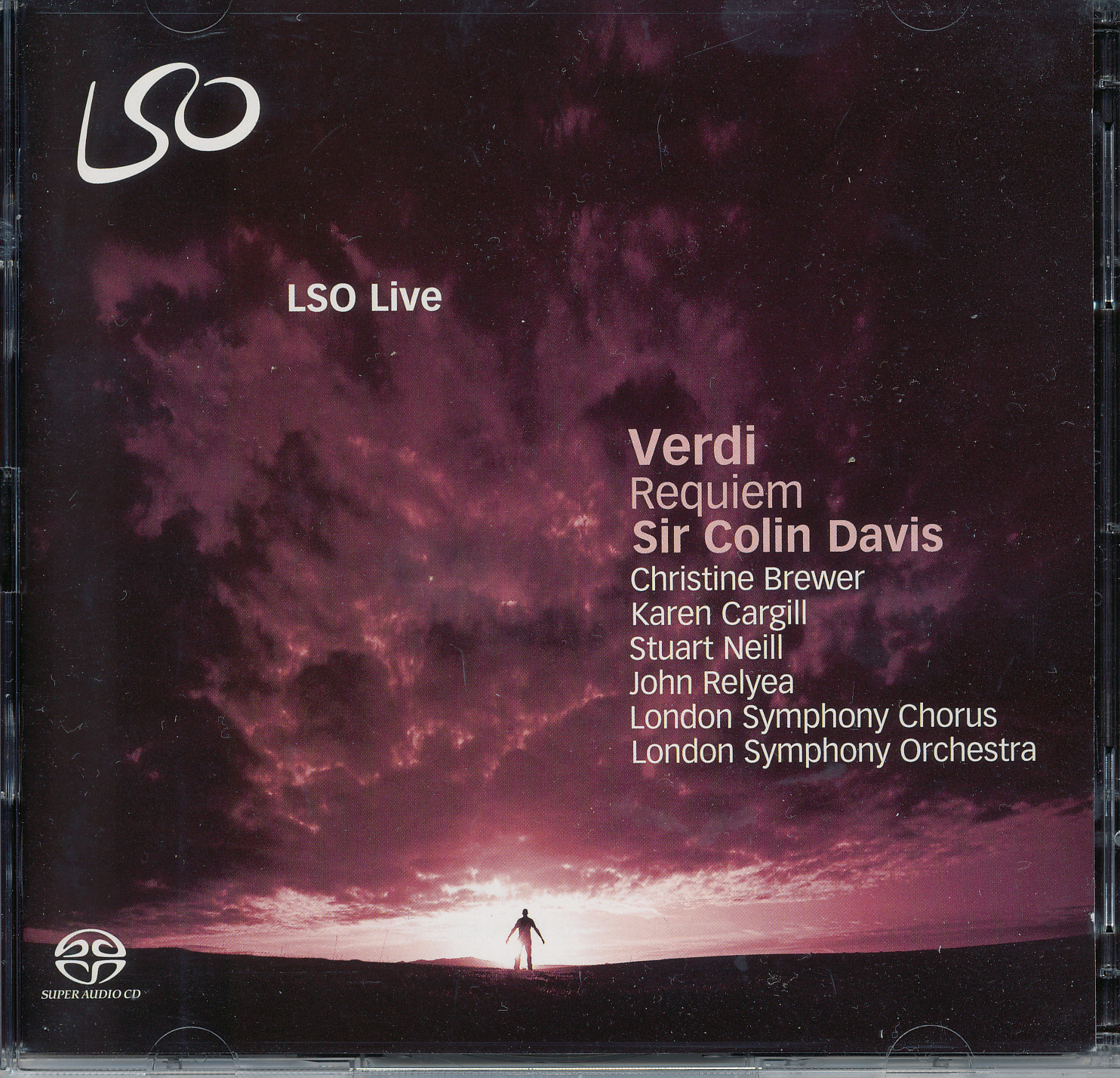
Highland Homes - PamphletThe pamphlet "Highland Homes" was written by I.R. MacKay in 1969 with illustrations by Edward Meldrum. It was printed by John G, Eccles - Longman, Inverness and was published by An Comunn Gàidhealach with whose kind permission we publish it here. "A brief summary of easily accessible places of interest in the highlands" These pamphlets have been scanned and therefore are large image files. Click each link to read one page at a time |
